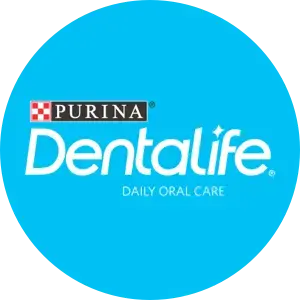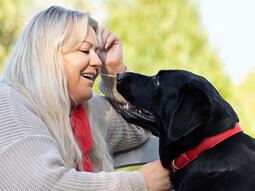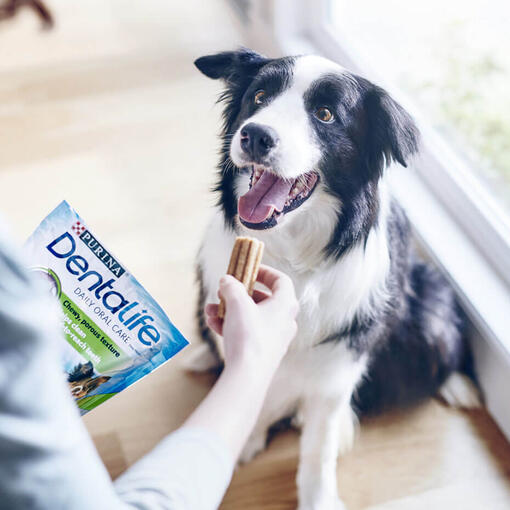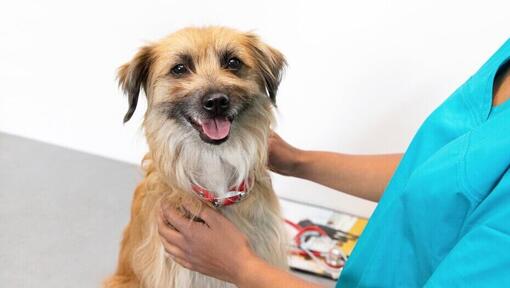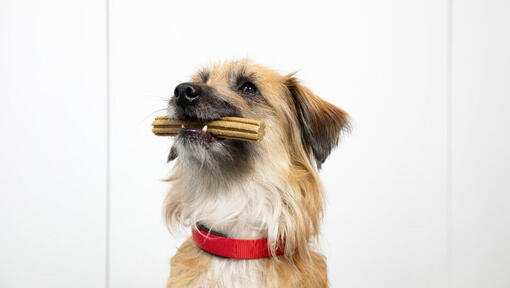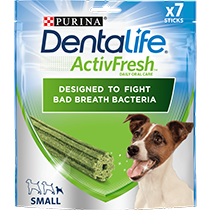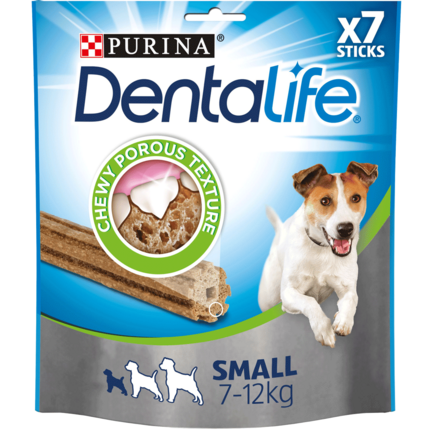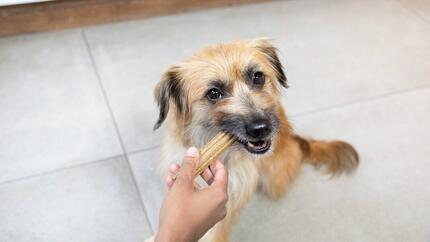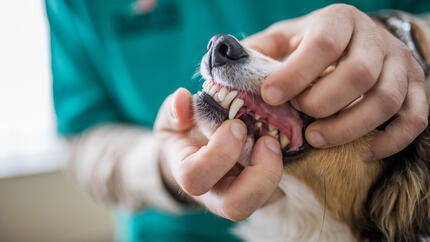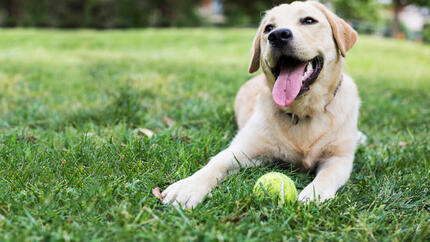Halitosis and Bad Breath in Dogs



Along with a wagging tail and muddy paws, many of us may assume that bad breath in dogs is just another everyday dog trait.
However, bad breath in dogs can actually be an early sign of some dental health issues. Just like us, dogs can have dental problems. However, as they can’t go for a check-up with the dentist, it’s our responsibility as owners to make sure that they’re healthy.
Health issues associated with bad breath in dogs
As dogs can’t tell you themselves, it can be tough to tell if they’re having problems with their dental health. That’s why it’s important to know what signs to look out for. Bad breath in dogs is one of the first signs that something could be wrong.
Bad breath in dogs does not always mean that there is a health problem, but it’s important to rule it out. If you notice your dog has bad breath, it’s worth giving them a dental check-up and looking for the other symptoms below. Dogs may have temporary bad breath from something they ate, but it shouldn’t be a long-lasting problem.
There are two common dental health issues associated with bad breath in dogs: gingivitis and periodontal disease.
Gingivitis in dogs
A dental health issue that affects dogs and humans alike, gingivitis is an inflammation of the gums as they react to plaque that builds up on the teeth. Gingivitis can often be a cause of bad breath in dogs. Other symptoms of gingivitis in dogs include redness, swelling and even bleeding of the gums.
Gingivitis in dogs is quite common – more than 80% of pets over three years of age will experience the problem. It can affect toy breeds (such as Chihuahuas) earlier on. Read more about the symptoms and treatment of canine gingivitis here.
Gingivitis can be usually reversed with good oral hygiene like brushing your dog’s teeth and using dental chews, but could progress to periodontal disease if left untreated. The best way to avoid the problem is to take good care of your pet’s teeth.
Including giving them a daily Purina® DentaLife® dog chew.
Periodontal disease in dogs
Periodontal diseases can cause bad breath in dogs and are a group of dental problems that affect the tissue that supports your dog’s teeth – such as gums and jaw bones.
Periodontal diseases in dogs are caused by unseen pockets that collect bacteria between your dog’s teeth and gums, which is the first phase of the development of periodontal disease.
The plaque build-up then causes gingivitis and goes on to affect surrounding tissue. The final stage of the disease is bone loss and tooth removal, and can even go on to develop into other issues that affect the whole body including your dog’s heart, liver and kidney function.
There are some factors that make some dogs more prone to periodontal disease including their breed, alignment of teeth and if they chew on hard objects. However, there are steps you can take to minimise these risks – the key being keeping your pet’s teeth clean with regular brushing and perhaps with a daily Purina® DentaLife® chew.
You should also take your dog to the vets if you think they have any dental issues or persistent bad breath. For more advice, read our guide to brushing your dog’s teeth.
Shop the Dentalife Dog range:
Related articles by Dentalife
